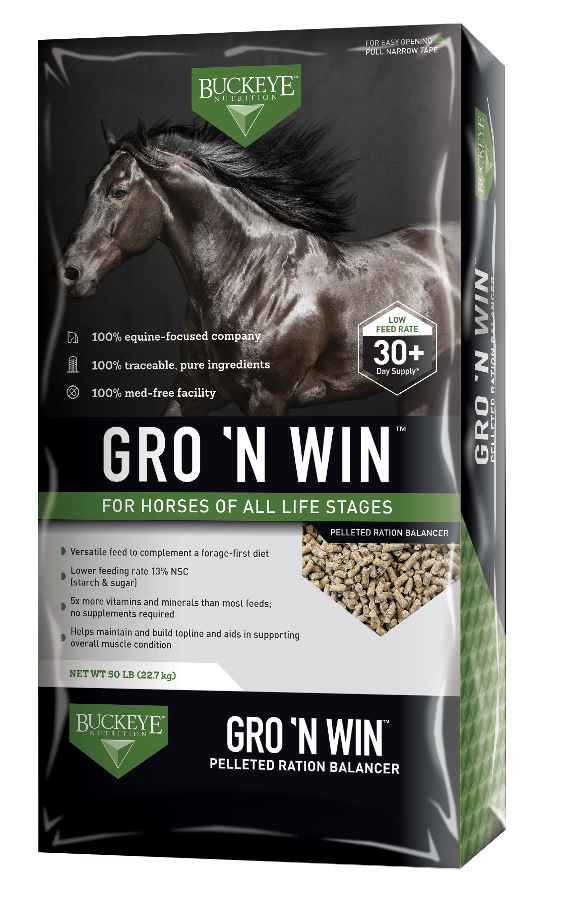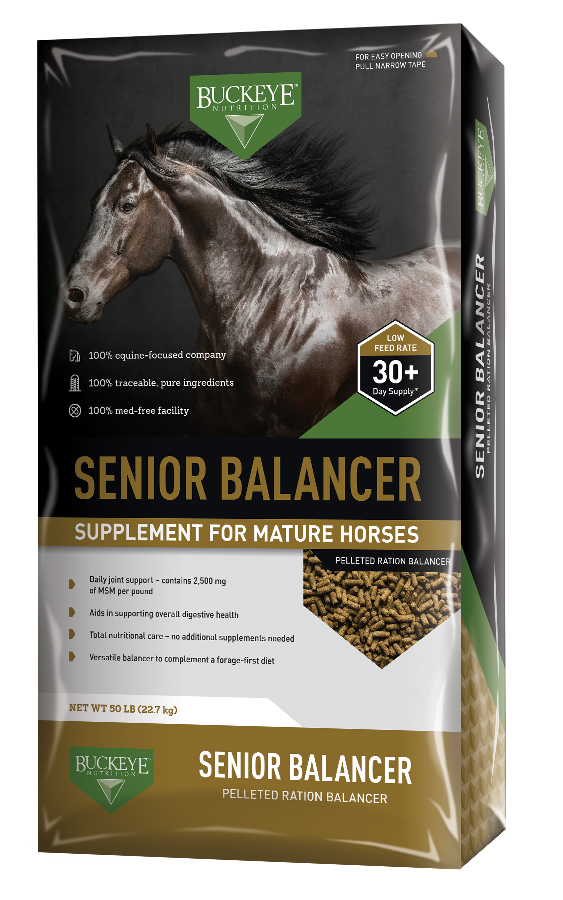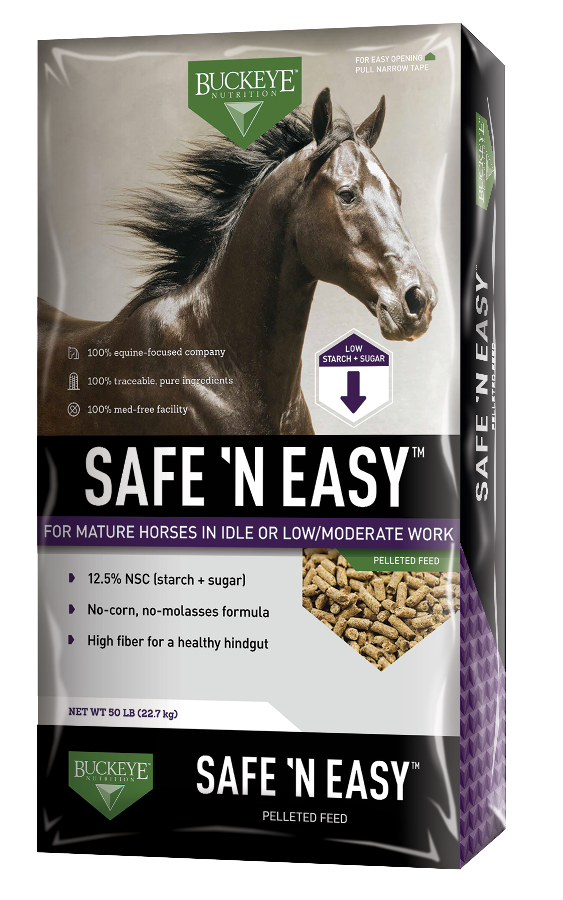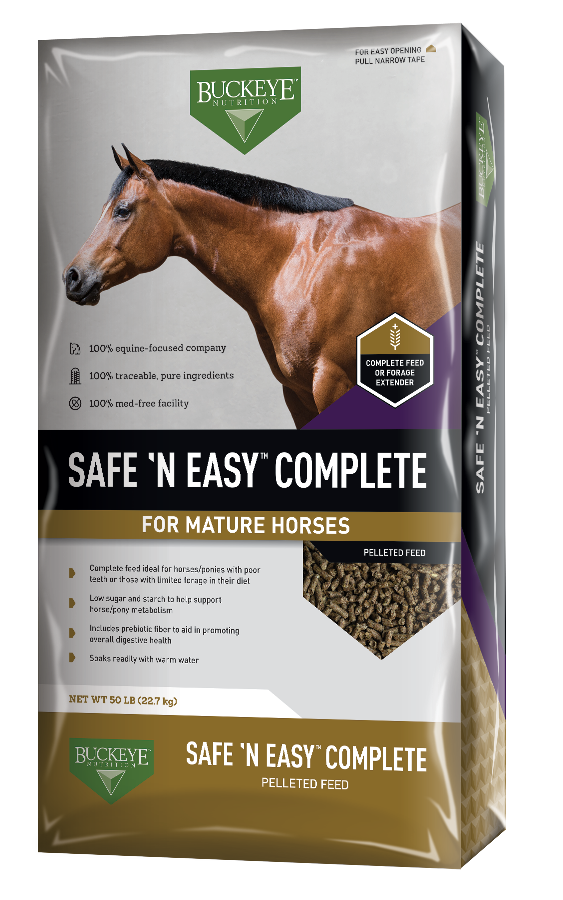Obesity
HORSE FEED FOR MANAGING OBESE HORSES AND PONIES
Lowering a horse’s risk of obesity
Obesity is a growing welfare concern for our equine population as it has been associated with health concerns such as laminitis and insulin resistance (IR). Several surveys have indicated that up to 50% of the horse and pony population could be considered obese (having a Body Condition Score of seven or greater on a nine point scale).
What are some of the potential risk factors for obesity in equines?
Genetics
Ponies and horse breeds like Morgans, Arabians, Paso Finos and Draft horses, for example, are more likely to be obese and considered “easy keepers.”
Nutrition
- Overfeeding grain concentrate is associated with obesity.
- Turnout on lush pasture, even in short periods of time, can also be a risk factor for obesity.
Exercise
A decrease in physical activity is also a common factor. A study performed in Great Britain found that pleasure riding and non-riding horses and ponies had a higher incidence of obesity compared to those used for competition.
Season
Lack of winter-associated weight loss has been shown to be a risk factor for obesity versus maintaining weight throughout the season.
Managing obese horses and ponies
- Use the Body Condition Score system to recognize a horse or pony’s amount of fat coverage. Individual scoring at a seven or above are considered obese.
- The Body Condition Index is designed to complement the Body Condition Score and provides another method to assess body fat. Use this weight management tool to assess your horse’s Body Condition Index.
- Slowly introduce light to moderate exercise, if possible.
- Work with a nutritionist to determine the best way to reduce calorie intake:
- Decrease or completely eliminate all high calorie, high sugar/starch grains or concentrates.
- Restrict pasture intake by turning out onto a dry lot or using a grazing muzzle. Researchers have shown that ponies can ingest nearly 5% of their body weight in dry matter per day (normal daily intake is around 2% of body weight in dry matter per day).
- Have your hay analyzed for nutrient content and feed a hay with <10-12% non-structural carbohydrates. Soaking hay for 30-60 minutes before feeding may help lower NSC in hay. Avoid prolonged periods without hay (>4 hours) by using a slow feed hay net or feeding multiple hay meals throughout the day to mimic the horse’s natural foraging behavior and reduce unwanted behavior.
- Incorporate a ration balancer like GRO ´N WIN™ or Senior Balancer, to provide vitamins, minerals and amino acids that may be missing in your horse’s forage component.
Recommended products for obese horses and ponies
GRO 'N WIN™ or Senior Balancer
Benefit
- Low in calories
- Low NSC
- Low feeding rate
Average Daily Feeding Rate (1,000 lb. horse in light work)
1.75 lb. GRO 'N WIN™
Average Daily Forage (hay + pasture)
1.5-2% body weight (no less than 1% for severe restrictions)
SAFE 'N EASY™ PELLETED, TEXTURED or COMPLETE
Benefit
- Low in calories
- Low NSC
- Fiber-based feed
Average Daily Feeding Rate (1,000 lb. horse in light work)
5.5 lb. SAFE ´N EASY™ PELLETED, TEXTURED or COMPLETE
Average Daily Forage (hay + pasture)
1.5 -2% body weight (no less than 1% for severe restrictions)
For more information about the above products, click on the images below or contact us for questions.



